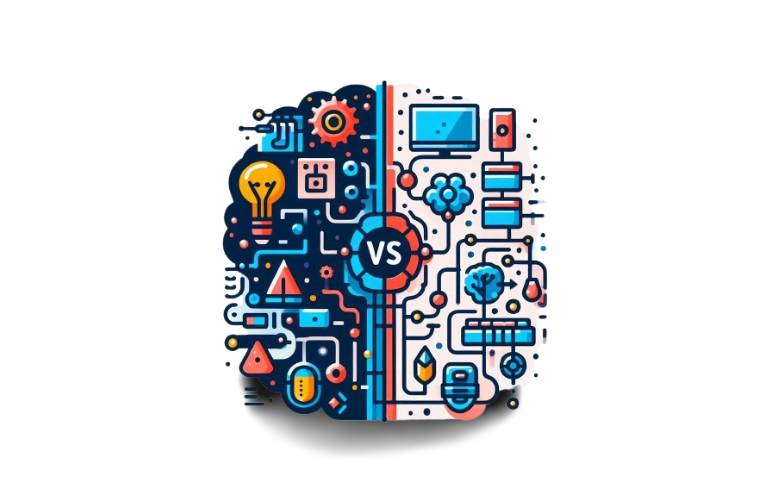A comprehensive guide to understanding in-depth details of deep learning vs machine learning, helping you make an informed decision about which technology to master first.
Understanding the AI Hierarchy
Artificial Intelligence (AI) encompasses a broad spectrum of technologies, with machine learning and deep learning being its crucial components. While these terms are often used interchangeably, they represent distinct concepts with unique characteristics and applications.
Think of it as a set of nested circles: AI is the outermost circle, containing machine learning, which in turn contains deep learning. This hierarchy helps us understand that while all deep learning is machine learning, not all machine learning is deep learning. Explore more.
Machine Learning: The Foundation
Machine learning represents the ability of computer systems to learn and improve from experience without explicit programming. It’s the cornerstone of modern AI applications and serves as an excellent starting point for beginners.
Key Characteristics of Machine Learning:
- Requires smaller datasets compared to deep learning
- Works well with structured data
- Relies on human intervention for feature engineering
- Can train effectively on standard CPUs
- Offers faster training times
- Makes linear correlations and predictions
Real-World Applications:
- Spotify’s music recommendations
- Email spam filters
- Netflix’s content suggestions
- Weather forecasting
- Credit card fraud detection
Deep Learning: The Advanced Evolution
Deep learning takes machine learning to the next level by utilizing artificial neural networks that mimic human brain functionality. It’s particularly powerful for complex tasks that require processing unstructured data.
Key Characteristics of Deep Learning:
- Needs large amounts of training data
- Excels at processing unstructured data
- Features automatic feature engineering
- Requires specialized GPUs for training
- Involves longer training periods
- Makes complex, non-linear correlations
Real-World Applications:
- Facial recognition systems
- Autonomous vehicles
- Natural language processing
- Medical image analysis
- Voice assistants
Which Should You Learn First?
Start with Machine Learning if:
- You’re new to AI and data science
- You want to understand the fundamental concepts
- You have limited computing resources
- You’re working with smaller datasets
- You need quick implementation and results
Choose Deep Learning if:
- You already understand machine learning basics
- You have access to large datasets
- You have sufficient computing power
- You’re working with complex data types
- You need highly accurate predictions
The Learning Path
Beginning with Machine Learning:
- Start with statistics and probability
- Learn Python programming
- Master basic ML algorithms
- Understand data preprocessing
- Practice with simple projects
Progressing to Deep Learning:
- Study neural network architecture
- Learn frameworks like TensorFlow or PyTorch
- Understand backpropagation
- Explore different neural network types
- Work on complex projects
Required Tools and Resources
Machine Learning Prerequisites:
- Python programming skills
- Basic statistics knowledge
- Understanding of algorithms
- Familiarity with data structures
- Knowledge of data visualization
Deep Learning Prerequisites:
- Strong machine learning foundation
- Advanced mathematics
- GPU access
- Neural network concepts
- Framework expertise
Making Your Decision
The most logical approach for most beginners is to start with machine learning. This provides:
- Stronger foundational knowledge
- Better understanding of core concepts
- Gradual learning curve
- Immediate practical applications
- Clear progression path
Looking Ahead
As AI continues to evolve, both machine learning and deep learning will remain crucial technologies. Your journey should begin with machine learning to build a solid foundation, followed by deep learning as you advance in your expertise.




